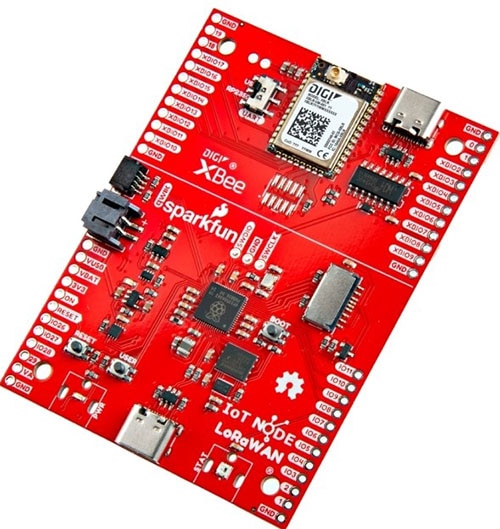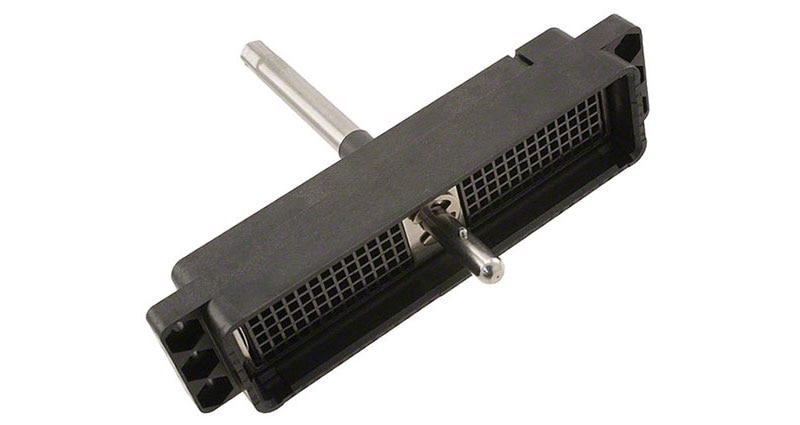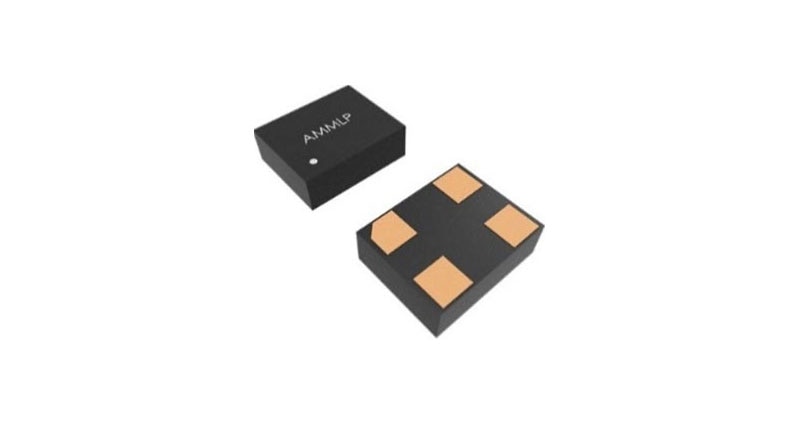SparkFun 與 Digi 的整合可加速 LoRaWAN 的開發與部署
要打造分散式電池供電感測器應用以便遠距離傳輸少量數據,就需要超低功耗的元件、在非受控環境中達到高可靠性,並採用相對簡單且可延展的架構。因此對於智慧建築、校園環境、零售業及工業監測等應用來說,LoRaWAN (遠距廣域網路) 正是首選方案。
LoRaWAN 應用具備數英哩程度的通訊距離、可持續數年的電池續航力並且符合成本效益。無需仰賴行動網路、Wi-Fi 或 Mesh 路由,只需一個閘道器,LoRaWAN 通訊就能涵蓋整座農場或工廠。
LoRaWAN 於 2015 年經由 LoRa 聯盟標準制定為開放式 MAC 層與網路架構,屬於一種開放式、低功耗的無線網路協定與架構,其延展性、簡易性與互通性均優於行動通訊 IoT、Wi-Fi、BLE、Zigbee、Thread 及自行研發的 Sub-GHz 無線電技術。
Digi 與 SparkFun 之間攜手合作,有望大幅加快從概念到部署的流程。此合作可整合 Digi 的 X-ON 邊緣對雲端 IoT 平台、SparkFun 硬體,並結合 Raspberry Pi 微控制器。
具體而言,設計人員可運用 SparkFun 的 26060 IoT Node 開發板 (圖 1) 優勢,因其內建 Digi 的 XBee LR 無線收發器模組及強大的 Raspberry Pi 2350A。
 圖 1:SparkFun 的 26060 IoT Node 內具有 Digi 的 XBee 收發器,能與 Digi 的 X-On 雲端平台連結。(圖片來源:SparkFun)
圖 1:SparkFun 的 26060 IoT Node 內具有 Digi 的 XBee 收發器,能與 Digi 的 X-On 雲端平台連結。(圖片來源:SparkFun)
此模組可透過支援 LoRaWAN 的 Digi HX15 閘道器自動連接 Digi 的 X‑ON 雲端 IoT 平台 (圖 2)。此閘道器可單獨供應,或隨 SparkFun 的 27213 Digi X-ON 套件一起提供 (北美版)。
 圖 2:Digi 的 HX15 閘道器可在 LoRaWAN 感測器之間提供數據介面,並可透過乙太網路或選配的 LTE 讓感測器與 Digi 的 X-ON 雲端平台之間達到數據傳輸。(圖片來源:Digi International)
圖 2:Digi 的 HX15 閘道器可在 LoRaWAN 感測器之間提供數據介面,並可透過乙太網路或選配的 LTE 讓感測器與 Digi 的 X-ON 雲端平台之間達到數據傳輸。(圖片來源:Digi International)
SparkFun 的 Qwiic Connect 生態系統可簡化硬體擴充作業,具有日益壯大的 100 多款隨插即用型感測器、致動器與顯示器元件庫,皆可透過通用的 I²C 介面與標準化 4 引腳 JST 連接器連接。SparkFun 的 IoT Node 內含預先建構的韌體,可自動偵測已連接的 SparkFun Qwiic 感測器,並可利用 Digi 的 XBee LR 模組,將資料透過 LoRaWAN 廣播,再經由 HX15 閘道器利用乙太網路或選配的 LTE 推送至 Digi 的 X-ON 雲端平台。Digi 的 X-ON 可從閘道器到雲端達到加密傳輸、安全的使用者存取控制,以及裝置層級的中繼資料傳輸。
設計人員無需進行閘道器設定或 LoRaWAN 登記,就可享受免設定的感測器入門使用,以及從節點至雲端的雲端資料流程,都無需使用者佈建、程式碼編寫,也無需 MQTT 中介設定。因此能達到快速的原型開發、概念驗證或實際部署,幾乎不需 LoRa 或雲端的專業知識。
設計人員可隨時微調取樣率、增添更多 Qwiic 感測器支援,或調整酬載佈局,無需從頭開始。Digi 的 X-ON 平台可集中查看所有已部署節點,並可即時追蹤運作時間、電池電量、訊號品質與連線紀錄,這些都是故障排除與調校分散式感測網路的關鍵指標。
流程彈性
RP2350 能讓產品設計人員享有獨特的流程彈性,可利用 Pico SDK,針對 Arduino、MicroPython 和 C/C++ 開發應用程式。SparkFun 的 IoT Node 對上述三種開發環境皆有支援,能讓設計人員自行挑選及靈活調整,根據自身專長採用最佳工作流程,無論是利用 Python 進行拖放式腳本編寫,或用硬體加速最佳化的 C 語言開發皆可。
設計人員可快速以 MicroPython 進行應用原型開發、在即時環境中測試 Qwiic 相容感測器或調整取樣間隔。隨著專案推進,可無縫轉用 Arduino 或完整的 C++,達到最佳化的功耗、記憶體用量或 I/O 效能。SparkFun 另針對自家 IoT 模組特別提供預先建構的 MicroPython 映像。
只要 IoT 裝置一開始傳送資料,X-ON 就能以儀表板方式監測感測器讀數、檢查裝置健康狀態,甚至遠端推送韌體更新。產品設計人員再也不用實際接觸裝置,就可持續改進設計。
此合作關係非常適合在現場測試應用、或將試點專案擴大到分散式電池供電感測器系統。透過 HX15 閘道器的強固設計、Digi X-ON 的安全雲端架構,以及自動佈建的韌體堆疊,皆可減輕從實驗室到現場部署的各種阻礙。設計人員可在真實條件下,以即時感測資料測試應用,再透過節點與閘道器設置的複製,就可輕鬆延展,無需重做韌體或重新進行雲端整合。
在 SparkFun 的 RP2350 架構 IoT 模組、Digi 的 X-ON 平台及 Raspberry Pi 靈活的微控制器生態系統結合下,可在原型開發到部署的過程中提供一條獨特且精簡的途徑。無論是要測試新感測器、驗證 LoRaWAN 通訊範圍,還是達到最佳化電力使用,這個組合不僅可支援各種實驗,也能滿足量產設計的嚴謹要求。
透過開放式硬體與標準化連接,設計人員可在 IoT 專案成長與演進的過程中確保具備調適能力與持久性。以此平台打造的應用,能隨專案需求發展展現更高的可攜性及彈性。
結論
SparkFun 的 IoT 模組與 Qwiic Connect 生態系統、Digi 的 X-ON 安全雲端平台,以及 Raspberry Pi 的多元開發能力,可確保分散式感測器應用從概念到部署的過程中,走在穩健且低阻礙的途徑上。此解決方案能將配置阻礙降至最低、簡化導入作業並集中化管理裝置,無論是要原型開發或大規模現場部署,都能讓設計人員快速創新、高效率迭代,並安心地延展規模。

Have questions or comments? Continue the conversation on TechForum, Digi-Key's online community and technical resource.
Visit TechForum









